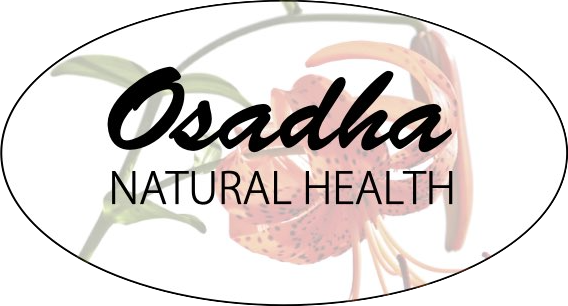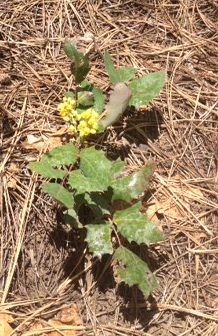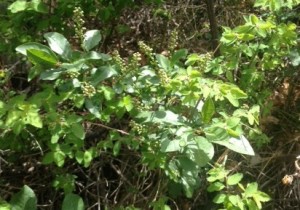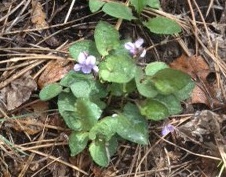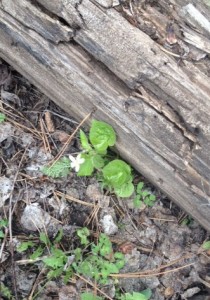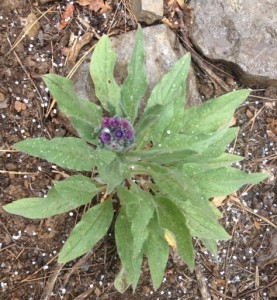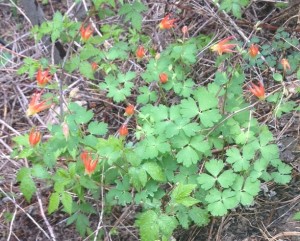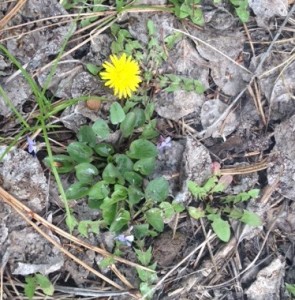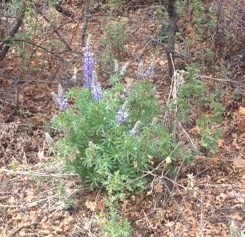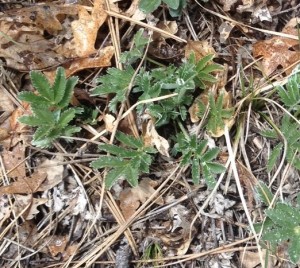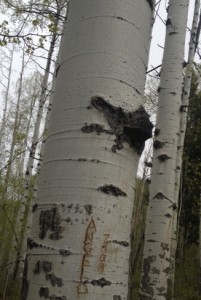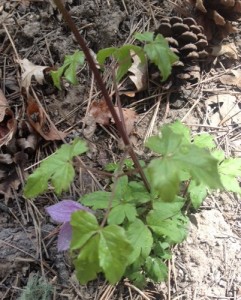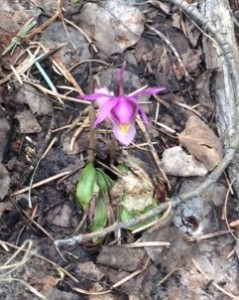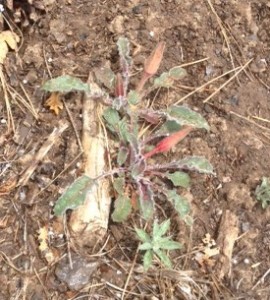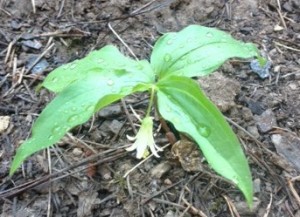May 2013
Oregon Grape (Mahonia repens)
Good digestive bitter. Some herbalists recommend against long-term use due to berberine alkaloids, which are strong anti-bacterial components of the root and twigs. Useful for external or internal infection – skin, respiratory, GI, urinary. Smells very sweet when blooming…stick your nose up to it.
Choke Cherry (Prunus virginiana)
Just getting ready to bloom. Use the twig bark rather than peeling inner bark from the tree trunk. Good for soothing coughs and also useful for anxiety. Even better if your coughs are causing you anxiety… The berries are not the medicinal part, though they are edible as jam, jelly, wine, etc. If you try eating them raw, you’ll quickly learn why this tree is called Choke Cherry.
Wood Violet (Viola adunca)
Emollient/demulcent – soothing inside the body and out. Also good as an infused oil for use on skin growths.
Canada Violet (Viola canadensis)
Same uses as Wood Violet
Hound’s Tongue (Cyanoglossum officinale)
Flower essence used for thinking on a more holistic level, to counter materialistic, mundane or overly analytical point of view (FES). Leaves used as poultice for burns, bug bites, and other (shallow) skin damage. Plant contains liver-toxic pyrrolizidine alkaloids, so avoid internal use.
Shooting Star Columbine (Aquilegia elegantula)
Flower essence I’m guessing similar to Western Columbine? For confidence to do what needs to be done and for trusting your skills. Leaves and flowers of various Columbines have been used medicinally, but they are toxic and I don’t recommend using them other than as a flower essence unless you’ve been trained.
Dandelion (Taraxacum officinale) & Wood Violet
All of Dandelion is medicinal or edible. Flowers can be cooked as fritters or used to make Dandelion wine. Root and leaf are digestive aids. Root benefits the liver, while leaf is a strong, safe diuretic useful for folks with fluid retention. Plus, the leaf is way more nutritious than any green you’d buy in the grocery store.
Lupine (Lupinus spp)
Toxic but beautiful. There are many Lupine flower essences with a bajillion different attributes attributed to them…
Cinquefoil, aka. Potentilla (Potentilla gracilis)
Cinquefoil means “5 leaf” or “5 finger”. Though really this refers to the fact that the plant leaves consist of 5 (or more) leaflets. Cinquefoil was used to protect from witches’ spells…”What 5 fingers can bring, 5 fingers can remove”. On a more day to day level, the plant is useful for inflammation in the throat, mouth elsewhere in the GI tract. Useful for diarrhea. Try on skin rashes and sunburn. Something I want to try but haven’t yet is putting the leaves in my hiking shoes to prevent blisters.
Aspen (Populinus tremulens) with False Tinder Conk (Phellinus tremulae)
Aspen is a source of aspirin precursors that work much the same way in the body. Also, rubbing your hand along the trunk will coat you hand in a whitish powder you can use as sunscrean. False Tinder Conk, a shelf fungus, destroys Aspens over time. The part you see is actually just the fruiting body (reproductive parts), while the actual organism itself, as with all mushrooms, is inside the substrate (in this case, the wood). Phellinus is medicinal and may be useful for boosting immune system function when taken as tea. Unlike the norm when mushroom gathering, Phellinus should be put in a plastic bag to prevent spread of spores as you walk through the woods.
Milo
Milo’s pretty useful for his entertainment value.
Clematis (Clematis columbiana or C. pseudoalpina?)
Clematis is a relatively low dose herb and should be treated with respect. When used properly at the first signs of a migraine, it can reduce severity and duration of symptoms. Clematis can also be useful for various other types of pain. This is not a plant for those who tend to be warm-bodied (red tongue, skin warm to touch, red complexion, etc).
Fairy Slipper (Calypso bulbosa)
An orchid. Though generally rare, sometimes you’ll come upon patches of them if you’re in the right place at the right time.
Evening Primrose (Oenothera spp)
Herbalist Kiva Rose likes Evening Primrose for anxiety and for it’s uplifting properties. I’m not sure if she uses this or other species. Other species are used for muscle swelling/injury, as a diuretic, for sedative properties and other uses. I’ll have to do more research &/or start experimenting with this one…
Some sort of Vetch/Pea plant (possibly Lathyrus lanszwertii)
Don’t know any uses and is likely to be toxic, but it’s pretty to look at.
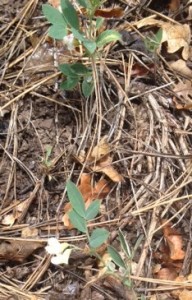 Fairy Bells (Prosartes trachycarpa)
Fairy Bells (Prosartes trachycarpa)
Don’t know any uses, but just look at it :)
~~~
Content © Dr. Anna Marija Helt, Osadha Natural Health, LLC. Permission to republish any of the articles or videos in full or in part online or in print must be granted by the author in writing.
The articles and videos on this website for educational purposes only & have not been evaluated by the Food and Drug Administration. This information is not intended to diagnose, treat, cure, or prevent any disease or to substitute for advice from a licensed healthcare provider.
